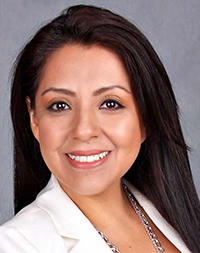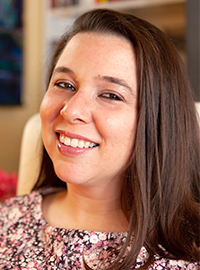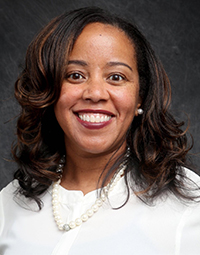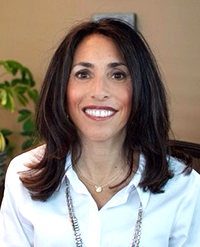
Some teachers are making waves on social media for letting their students snooze in class. They believe sleeping isn’t always the mark of a lazy, disrespectful student, but instead could be an indicator of more serious mental health issues.
NASW member Cynthia Catchings, an LCSW and therapist at Talkspace, was quoted in a USA Today article on the subject. She says teachers who let students sleep in class may have the right idea.
“What we see from teachers recently in allowing them to sleep [during] classes is ‘Let me see what the concern is. I can let them sleep. I can always communicate with them or try to investigate what is going on and then help the child.’”
Catchings notes the next important step is to involve a parent, counselor, or both.

While research continues about ways social media may impact mental health, NASW member Candice Biernesser, PhD, LCSW, notes it is important to recognize how social media affects teens and young adults differently.
“These ages represent a vulnerable point during the life course, when mental health disorders often first emerge and an age in which suicide rates are rising—currently the second-leading cause of death among youth,” Biernesser says in an article posted at Everyday Health.
Biernesser, a postdoctoral scholar in the psychiatry department at the University of Pittsburgh’s Institute for Cyber Law, Policy, and Security in Pennsylvania, says this age group is still finding their personal identities.
Social media offers them a venue to experiment with identity, she says, but this experimentation can expose them to negative peer influence that encourages risky activities and feeds self-criticism, which older adults may be less susceptible to.

Although the suicide rate is highest among middle-aged white men, young people of color are emerging as particularly at-risk.
Research shows Black children younger than age 13 die by suicide at nearly twice the rate of their white counterparts and, over time, their suicide rates have grown even as rates have decreased for white children, according to a story posted at Science Friday.
“COVID created more transparency regarding what we already knew was happening,” says NASW member Sonyia Richardson, an LCSW who focuses on serving people of color and an assistant professor at the University of North Carolina-Charlotte, where she researches suicide.
When you put the suicide rates of all communities in one bucket, “that bucket says it’s getting better and what we’re doing is working,” she said. “But that’s not the case for communities of color.”
The story notes among teenagers and young adults, suicide deaths have increased more than 45 percent for Black Americans and about 40 percent for Asian Americans in seven years ending in 2019.

Understanding the source of anxiety may help you find effective ways to manage it long term, according to an article posted at Psych Central. If you suffer from “Sunday scaries,” for example, they may be linked to your fear of not doing a great job at work.
NASW member Lynn R. Zakeri, LCSW, a therapist based in Skokie, Ill., says in the story that if you refocus on showing up on time and completing your projects, it may help. You can further explore your feelings of inadequacy and realize they’re connected to specific past experiences, the article says.
This understanding also may help you be gentler with yourself and work more efficiently, realizing you don’t have to earn your self-worth. Identifying anxiety’s origins can help address hurtful patterns that may lead to a more fulfilling life.
For other media stories like these, visit socialworkersspeak.org